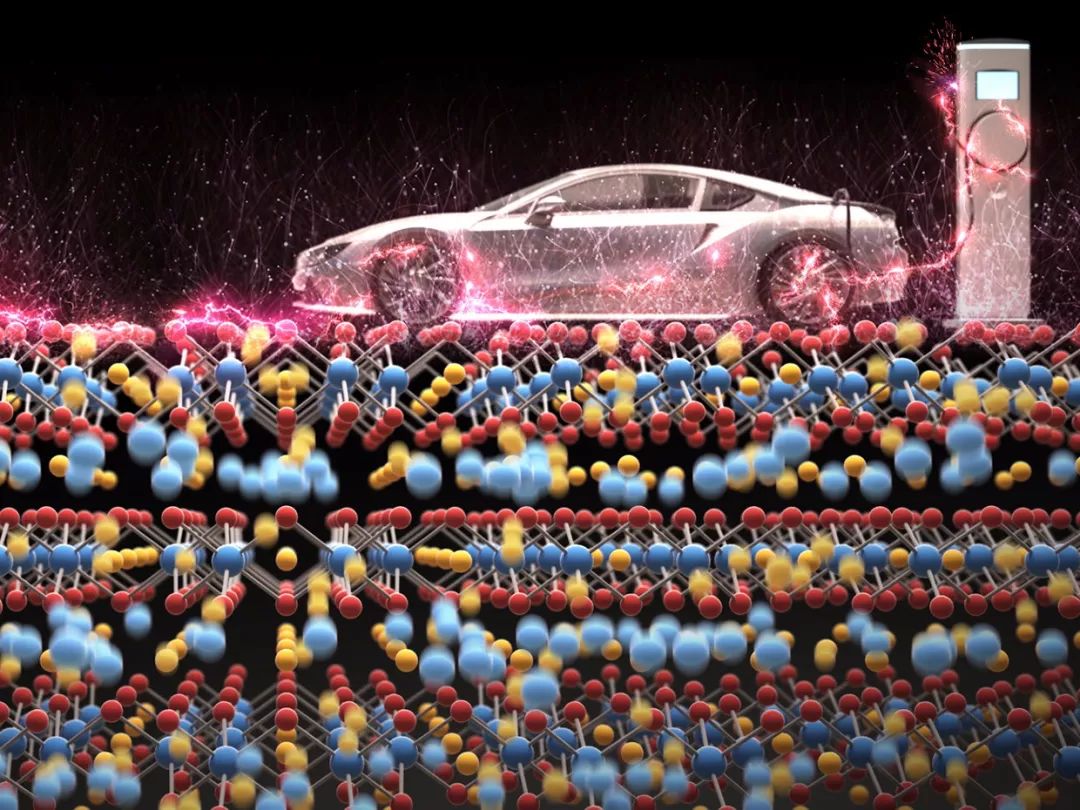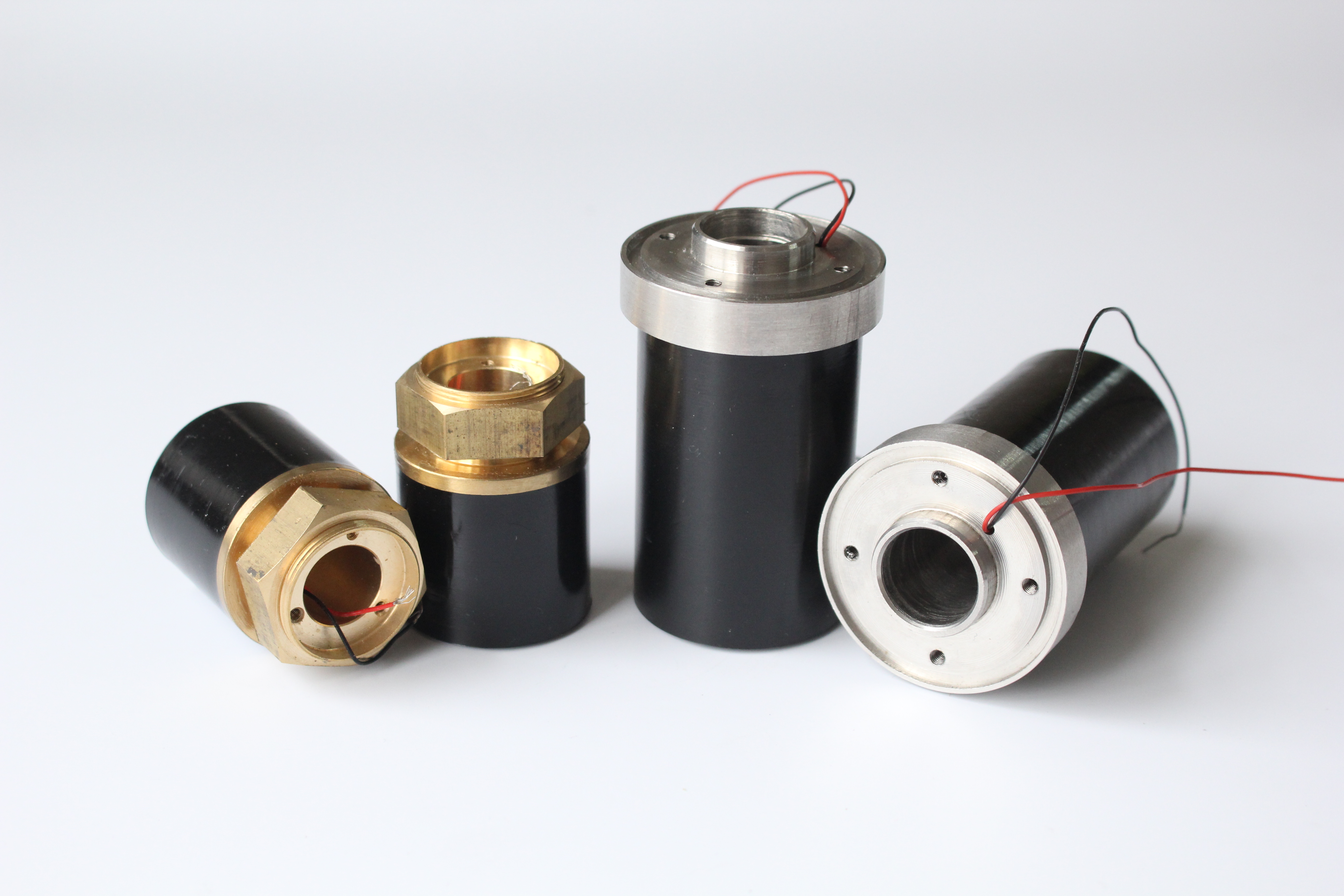If an electric car is to go beyond a gasoline engine, the battery must be improved. Conventional lithium-ion batteries have the highest energy density and can only be charged to about 50% of the theoretical capacity. This didn't do much when the researchers tried to put more lithium ions into the electrodes of the battery. After the first discharge/recharge cycle, the electrode begins to degrade rapidly and no one can figure out how to prevent it.
There is now a clue. Using a combination of theoretical computer modeling and advanced X-ray methods, the researchers first discovered the relationship between the way atoms are rearranged when they are charged and how electrons are stored in the battery atoms and chemical structures. This insight should provide battery manufacturers with a blueprint for building lithium-rich electrodes that can significantly improve battery performance.
Lithium-ion batteries that maximize their potential can increase the use of today's electric vehicles by a third or more. For example, a Tesla Model S equipped with the company's P100D battery pack can travel 315 miles (about 500 kilometers) at a charge, up to 473 miles. Or automakers can stay within 315 miles, but lower prices and gas-powered vehicles have no tax rebate competition.
“The dream is to create an affordable mass-market electric car at the same price as the gasoline equivalent. Then, consumers start saving gas from the first day, and everyone will switch to electricity,†Ph.D., Department of Chemistry, Stanford University. William Gent said that he is also the first author of the research, and his research results have recently been published in Nature Communications.
Gent works with Professor William Chueh, a researcher at Stanford University, and researchers from the Advanced Light Source at Lawrence Berkeley National Laboratory.
Technically, traditional lithium-ion batteries are quite simple. They have two electrodes - a positively charged cathode and a negatively charged anode - with a liquid electrolyte between them. The cathode consists of a layer of lithium and a transition metal (ie nickel, manganese or cobalt).
When the battery is charged, lithium ions move from the positive electrode through the liquid electrolyte and then into the material constituting the negative electrode. The transition metal ions remain. The same is true for electrons, except that they pass through the circuit on the way to the negative pole. When the battery is discharged, ions and electrons travel in opposite directions.
“We hope that we can use this understanding to better control these materials and make them more practical.â€

- Stanford University William Gent
Lithium-rich batteries replace some of the transition metals in the electrodes with lithium. Although additional lithium has the potential to increase the cathode capacity by 30% to 50%, it produces some mysterious voltage behavior. For example, even at low currents, the average charging voltage is higher than the average discharging voltage. Gent said that in a perfect battery, the voltage is the same.
Moreover, after undergoing a charge and discharge cycle, the voltage gradually decreases. Gent said that electronic devices cannot manage this unstable voltage behavior because the circuit cannot be dynamically recalibrated to handle these changes. This is why lithium-rich electrodes are so impractical.
When looking for a solution, previous researchers often looked at how ions were rearranged during the charge/discharge cycle, or how electrons were stored in the atomic and chemical structure of the cell. Learning at the same time is very difficult because it requires advanced analytical techniques to get the best image, and many research teams cannot get the necessary equipment.
Gent and his colleagues can do this. They work in two facilities, each with a very bright, highly sensitive and finely tuned X-ray source to develop assumptions about how atomic rearrangements affect how electrons are stored in materials. They used X-ray diffraction in SLAC's Stanford synchrotron radiation source to detect changes in cathode atoms and chemical structures during charging and discharging. In the advanced light source of Lawrence Berkeley National Laboratory, they used resonant inelastic X-ray scattering to measure the magnetic and electronic properties of lithium-rich materials.
Next, scientists use computer models to test their hypotheses. They confirmed that transition metal ions typically retained in conventional batteries move when the lithium-rich cathode is charged. They found that this rearrangement greatly affected the voltage at which the electrons were stored at the cathode. If the ions return to their original position during discharge, this will not be so bad. But very few. Moreover, each time the battery is charged and discharged, the ions move a little bit, causing disorder of the atomic structure, causing strange voltage behavior.
Gent said: "We hope to use this understanding to better control these materials and make them more practical.
He and his colleagues have begun testing different ways to solve this problem. One idea is to prevent migration of transition metal ions. Another method is to design the structure to make it easier for the migrating ions to return to their original position.
Yuhai company offer custom services including piezo ceramic elements and piezo transducers, Yuhai people work closely with individual customers to provide solutions. We offer engineering support services including material selection, component design assistance, device and system modeling and failure analysis.
We hope to be your best supplier with the elements of superior performance and reliability, lowest prices, most rapid delivery times and the best customer service.

Ultrasonic Transducer,Piezo Transducer,Ultrasonic Distance Sensor,Piezoelectric Transducer
Zibo Yuhai Electronic Ceramic Co., Ltd. , https://www.yhpiezo.com